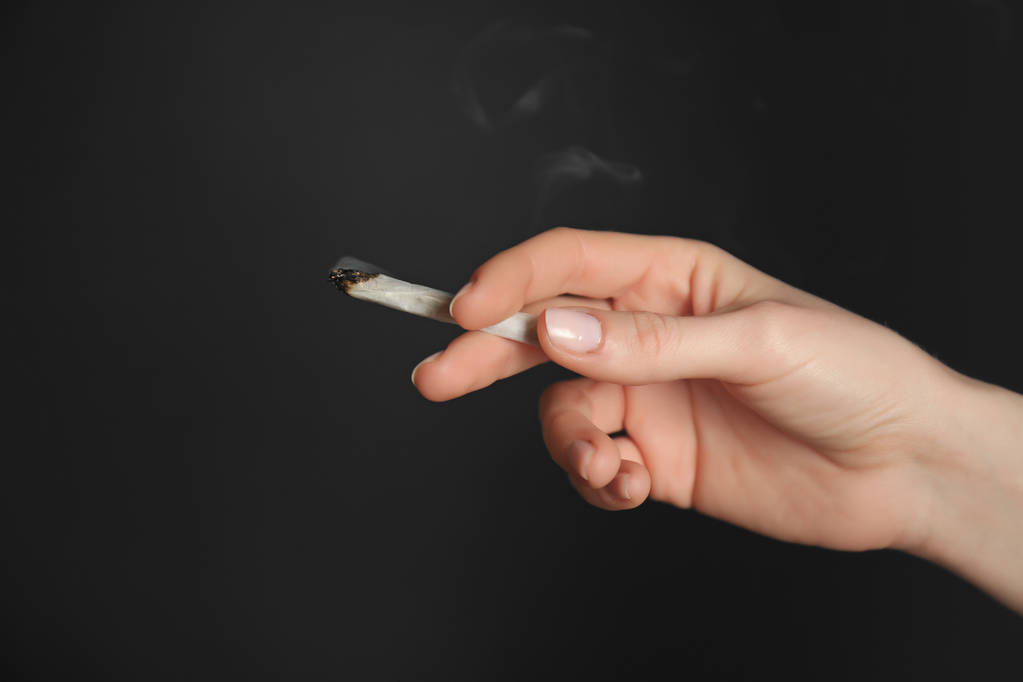According to a new study published in the Journal of Psychopathology and Clinical Science, the use of marijuana over several decades is not associated with a significantly elevated risk of either psychiatric disorders, cognitive decline, or other adverse psychosocial outcomes.

For the study researchers at the University of Minnesota and the University of Colorado examined the long-term impact of marijuana use on psychiatric and psychosocial outcomes in a sample of more than 4,000 adult twins assessed between 1994 to 2021.
“In a sample of 4,078 American adult twins first assessed decades ago, we used cotwin control mixed effects models to evaluate the effect of lifetime average frequency of cannabis consumption measured on substance use, psychiatric, and psychosocial outcomes”, states the study.
On average, participants had a lifetime cannabis frequency of about one to two times per month, across adolescence and adulthood.
“This study suggests that lifetime exposure to cannabis has few persistent effects on mental health and other psychosocial outcomes,” claim researchers. “We did not identify within-pair differences in cognitive ability.”
In addition, “Cannabis consumption did not predict within-pair differences in psychoticism.”
Researchers did find that “more frequent cannabis use causes small increases in cannabis use disorder symptoms [such as slight nausea and dizziness], approximately 1.3 symptoms when going from a once-a-year use to daily use.”
The study’s full abstract can be found below:
Background: Cannabis use is associated with outcomes like income, legal problems, and psychopathology. This finding rests largely on correlational research designs, which rely at best on statistical controls for confounding. Here, we control for unmeasured confounders using a longitudinal study of twins. Method: In a sample of 4,078 American adult twins first assessed decades ago, we used cotwin control mixed effects models to evaluate the effect of lifetime average frequency of cannabis consumption measured on substance use, psychiatric, and psychosocial outcomes.
Results: On average, participants had a lifetime cannabis frequency of about one to two times per month, across adolescence and adulthood. As expected, in individual-level analyses, cannabis use was significantly associated with almost all outcomes in the expected directions. However, when comparing each twin to their cotwin, which inherently controls for shared genes and environments, we observed within-pair differences consistent with possible causality in three of the 22 assessed outcomes: cannabis use disorder symptoms (βW-Pooled = .15, SE = .02, p = 1.7 × 10−22), frequency of tobacco use (βW-Pooled = .06, SE = .01, p = 1.2 × 10−5), and illicit drug involvement (βW-Pooled = .06, SE = .02, p = 1.2 × 10−4). Covariate specification curve analyses indicated that within-pair effects on tobacco and illicit drug use, but not cannabis use disorder, attenuated substantially when covarying for lifetime alcohol and tobacco use.
Conclusions: The cotwin control results suggest that more frequent cannabis use causes small increases in cannabis use disorder symptoms, approximately 1.3 symptoms when going from a once-a-year use to daily use. For other outcomes, our results are more consistent with familial confounding, at least in this community population of twins. (PsycInfo Database Record (c) 2023 APA, all rights reserved)







